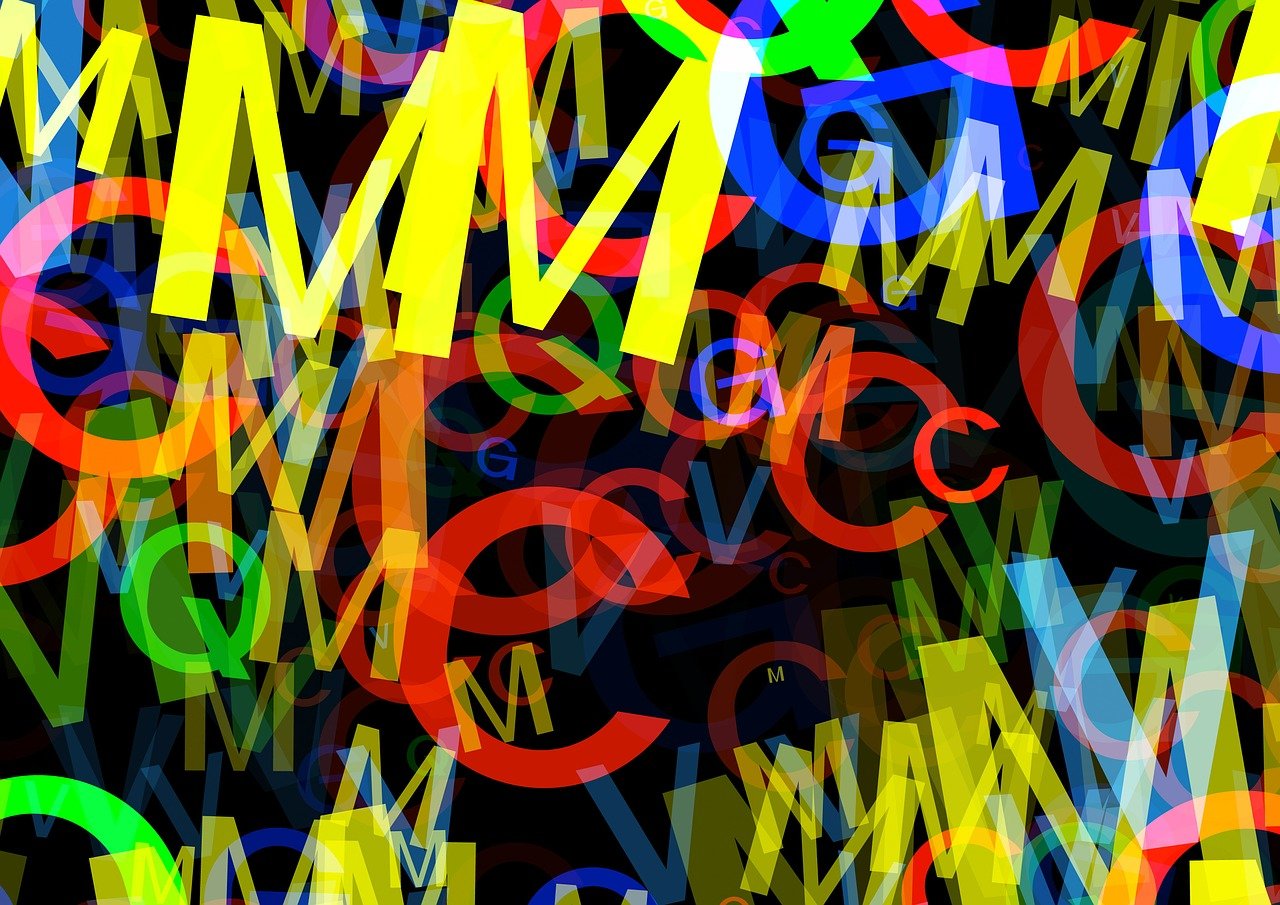The Layers of a Communication Cable
A communication cable is a crucial component in any telecommunications network, offering a pathway for signals to travel from one point to another. The construction of a communication cable is complex and requires multiple layers to ensure the effective transmission of signals. The outer layer, or sheath, protects the cable from environmental factors such as moisture, heat, and UV radiation. Beneath the sheath, there are several layers of insulation, each designed to withstand specific conditions and temperatures. The next layer is the screen, which acts as a barrier to electromagnetic interference (EMI), preventing it from reaching the inner conductor. The inner conductor, which can be made of copper or aluminum, is responsible for carrying the actual signal. Finally, there is the jacket, which protects the inner conductor from abrasion and corrosion. The construction of these layers ensures that the communication cable remains intact and functional for years to come.
Communication cables, also known as data cables, are crucial for the transmission of information and data in modern communication systems. They are made up of multiple layers, each with a specific function and purpose. In this article, we will explore the different layers of a communication cable and how they contribute to the overall performance and reliability of the cable.
The first layer of a communication cable is the outer sheath. This layer protects the cable from environmental factors such as moisture, heat, and sunlight. It also provides mechanical protection, preventing the cable from being damaged or deformed. The outer sheath is usually made from a durable material such as PVC (polyvinyl chloride) or PE (polyethylene).
The next layer is the inner sheath, which provides additional protection for the cable’s core. The inner sheath prevents moisture and other contaminants from reaching the core, ensuring that the data transmitted through the cable remains clean and uncorrupted. It is also made from a waterproof and durable material, such as PVC or PE.

The core of the communication cable is the most important layer, as it carries the actual data or information. The core is made up of multiple wires or fibers, each responsible for transmitting a specific signal or data stream. The wires or fibers are tightly bundled together to form a single core, which is then enclosed in the inner sheath.
The next layer is the shield, which wraps around the core to provide protection from electromagnetic interference (EMI). EMI can cause data corruption or loss, so it is essential to shield the core from these interference sources. The shield is usually made from a conductive material such as aluminum or copper, and it is connected to ground to dissipate any electromagnetic energy that may be present.

Finally, the last layer of the communication cable is the armor. The armor provides additional mechanical protection for the cable, preventing it from being damaged or cut by external forces. It is usually made from a strong material such as steel or aluminum, and it is wrapped around the shield to provide extra protection for the core.
In conclusion, communication cables are made up of multiple layers each with a specific function and purpose. These layers work together to protect the data transmitted through the cable from environmental factors and electromagnetic interference, ensuring that the data remains clean and uncorrupted. The outer sheath provides mechanical protection, while the inner sheath prevents moisture and contaminants from reaching the core. The core itself carries the actual data or information, and it is shielded from electromagnetic interference by the shield layer. Finally, the armor layer provides additional mechanical protection to ensure that the cable remains intact and operable even in harsh environments.

Articles related to the knowledge points of this article:
The Submarine Communication Optical Fiber Cable
Title: Regulations on the Hanging Separation of Underground Communication Cables
Supplying Communication Cables for Modern Telecom Infrastructure
The Brand of Qinghai Communication Cable
Voltage of Mine Fireproof Communication Cable: A Comprehensive Study